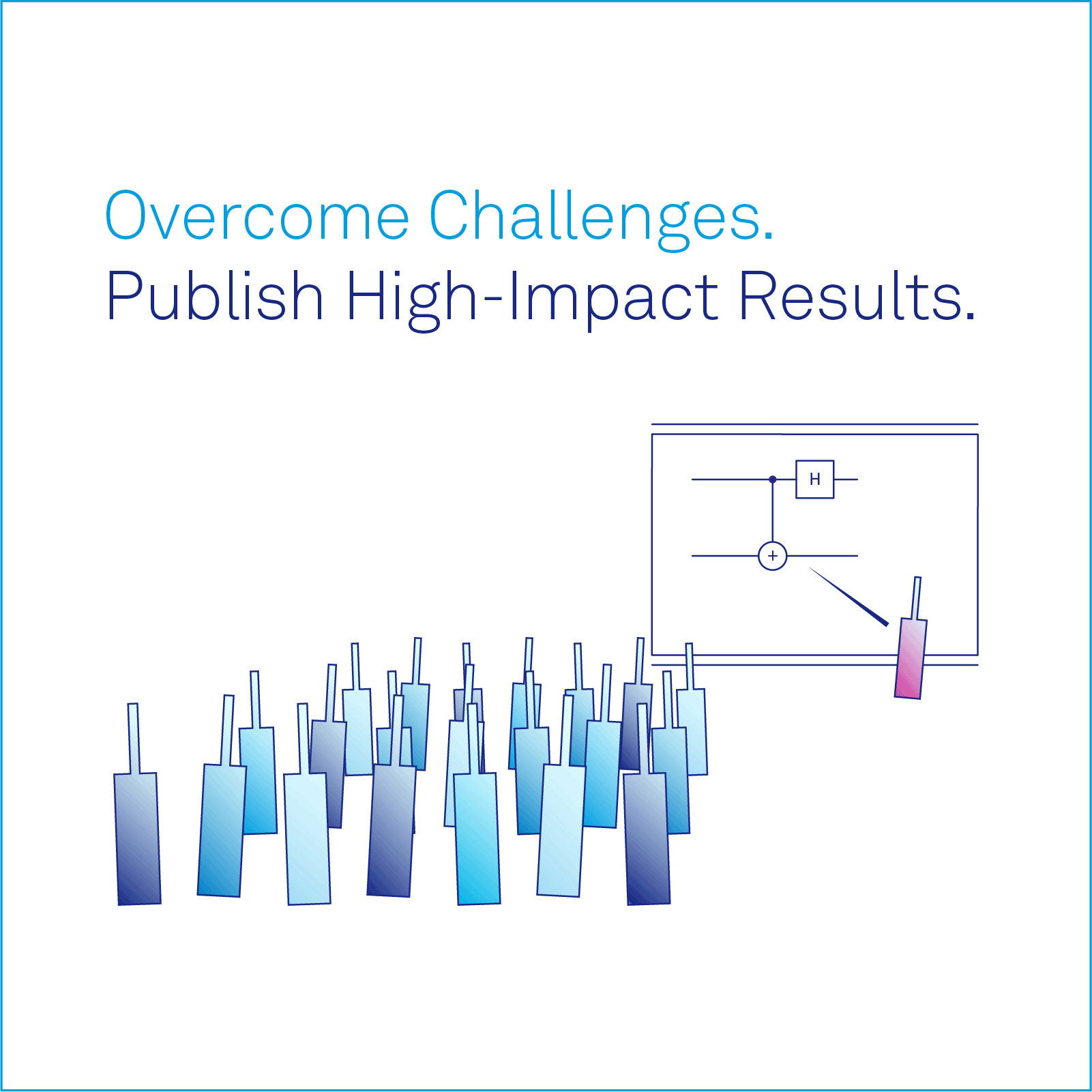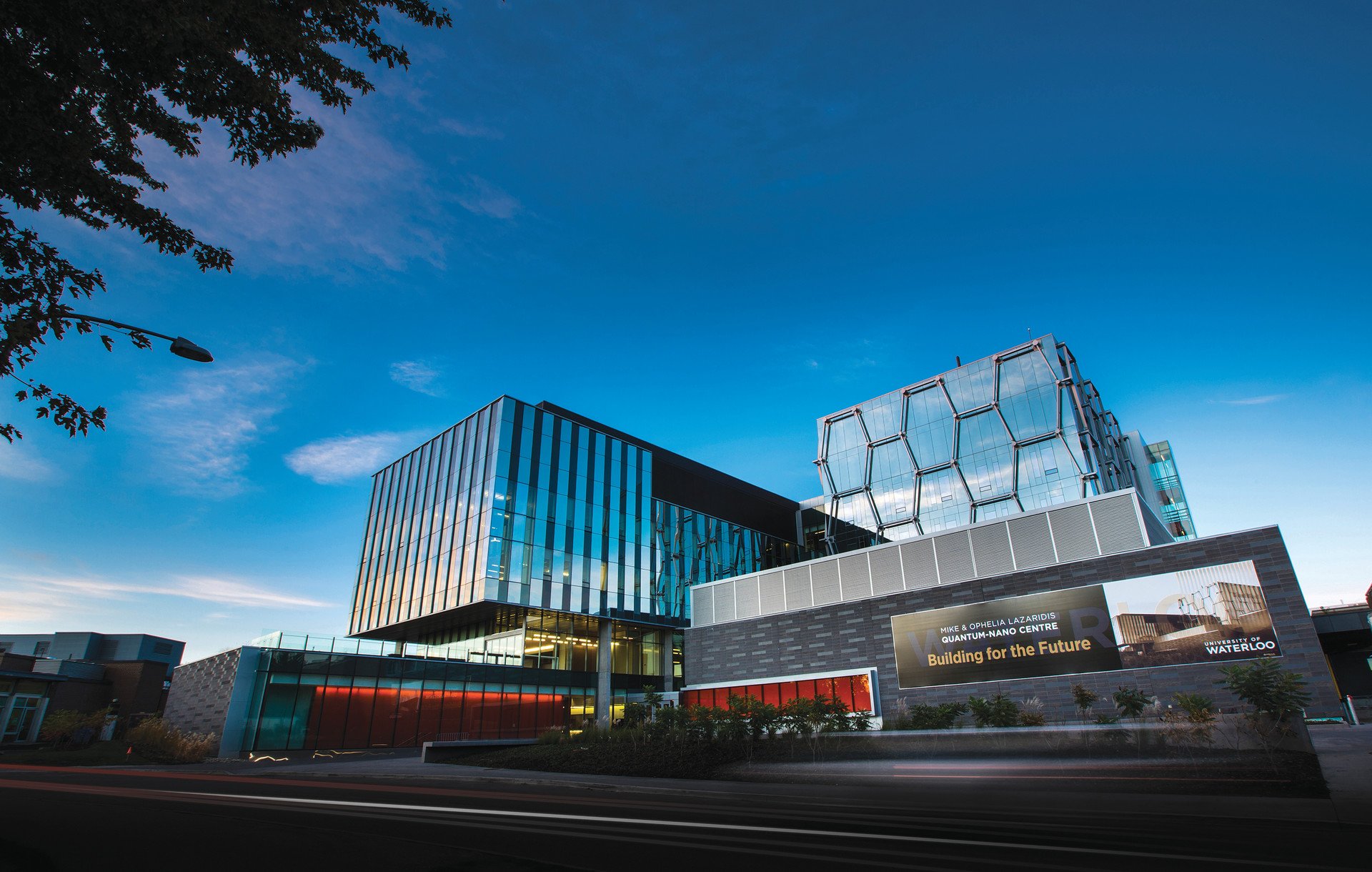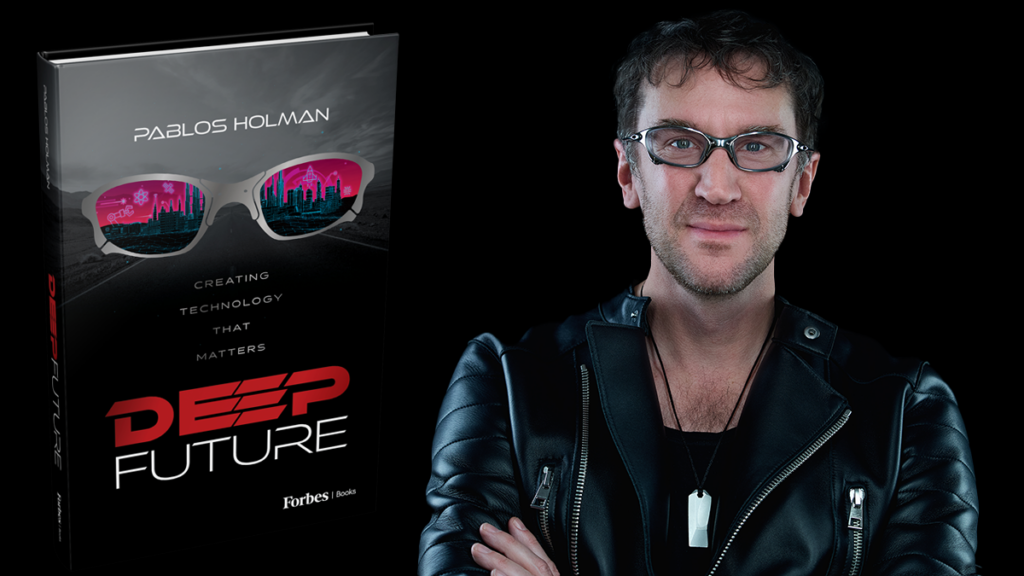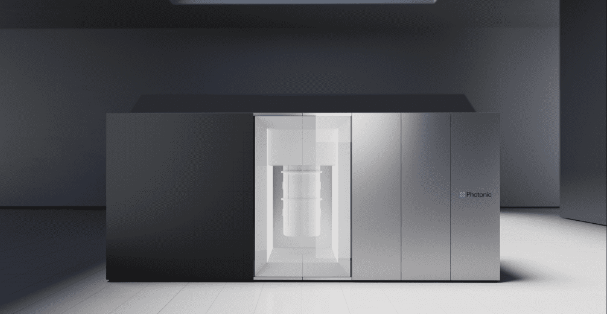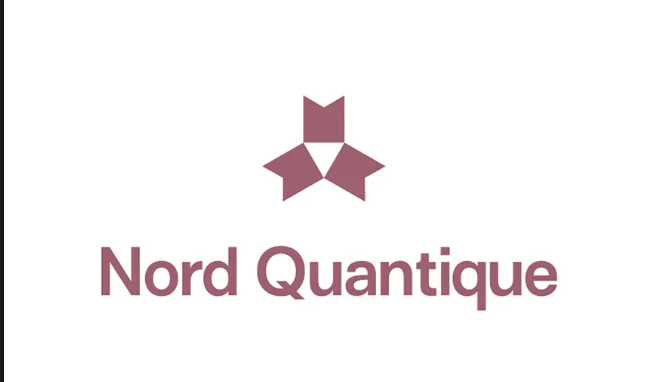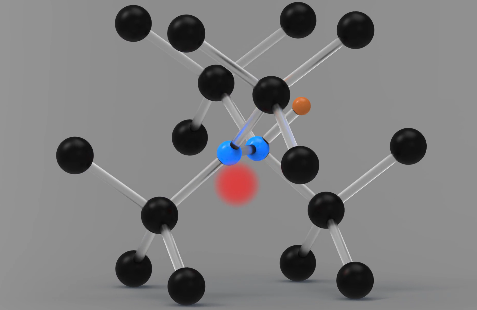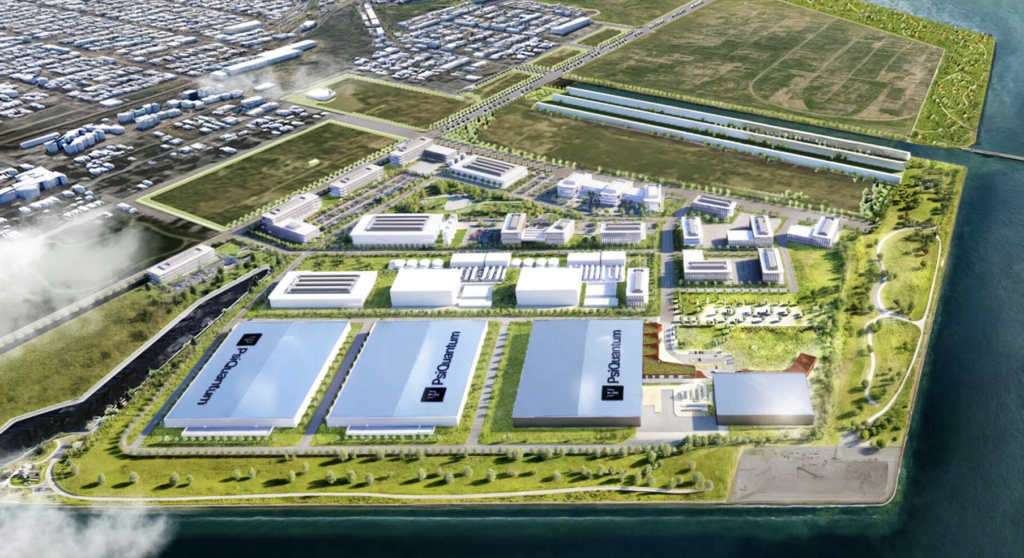Insider Brief
- Berlin-based Quantistry and aerospace giant Airbus are launching a 24-month joint R&D project focused on biocatalysis, leveraging AI and quantum-powered materials research.
- Quantistry will apply quantum chemistry, molecular simulations, and machine learning to enhance Airbus’s industrial applications and optimize material development.
- The partnership aims to advance sustainable chemical and biomolecular processes, contributing to new material designs and innovations in aerospace technology.
PRESS RELEASE — Quantistry, a Berlin-based company shaping the future of materials powered by AI and Quantum, will collaborate with the multinational aerospace corporation Airbus on a joint R&D project. Quantistry and Airbus will be working together over the course of 24 months, leveraging their respective strengths to successfully complete the project.
The collaboration will focus on advanced research in biocatalysis, an area of great economic interest with significant implications for Airbus’s industrial applications. Quantistry’s dedicated experts will work closely with Airbus, utilizing the company’s full range of multiscale simulation capabilities.
“This is a very ambitious project that will allow us to use our full range of expertise on atomistic multiscale simulations using our platform, QuantistryLab. We’re excited to take on this challenge together with the Airbus team.” — David Cesar Malaspina, Computational Chemist at Quantistry.

To accomplish the goals set together with Airbus, Quantistry uses a variety of computational methods and simulation tools, including:
Quantum chemistry: Applying quantum mechanics principles to chemical systems to predict molecular properties and reactions. This method assists in the design of new materials and pharmaceuticals by providing detailed insights into molecular mechanisms. One of its key benefits is the ability to predict the properties of new compounds, which can significantly reduce the need for experimental testing, saving both time and resources.
Molecular docking techniques: Predicting how molecules bind to targets, useful in drug discovery and design. These techniques expedite the discovery process, reduce costs, and provide valuable insights into molecular interactions before experimental validation.
Molecular dynamics: Simulating the motion of atoms and molecules over time to reveal structural and functional behaviors. This method can predict molecular interactions and processes, complementing experimental data for a more comprehensive understanding of chemical systems.
Machine learning: Becoming an essential tool for predicting molecular properties and processes by analyzing large datasets. This versatile technology can significantly accelerate research by shortening development time, reducing costs, and uncovering complex patterns in the data that traditional methods may miss.

As part of the collaboration, Quantistry will leverage its diverse expertise in a variety of R&D topics, such as:
Complex systems and macromolecules: Studying large, interconnected molecular networks to predict their behavior and reveal emergent properties and interactions. This is where multiscale modeling shines. From the accuracy of quantum chemistry to large-scale simulations, this knowledge can be used to design and optimize chemical systems and processes, leading to new therapeutics and innovative materials.
Material design: Creating materials with specific properties for targeted applications. This enables the customization of materials with enhanced performance and functionality. It is also an essential requirement to foster innovation in the development of sustainable materials and solutions.
Chemical and biomolecular reactivity: Understanding reaction mechanisms, designing catalysts, and developing new compounds. This area of study allows the prediction of reaction outcomes, the optimization of reaction conditions, and the creation of efficient, sustainable chemical and biochemical processes.
This collaboration with Airbus represents another significant milestone for Quantistry in its mission to shape the future of materials, driving innovation for a more sustainable future.





